Home>Home Appliances>Kitchen Appliances>How To Steam Milk On An Espresso Machine
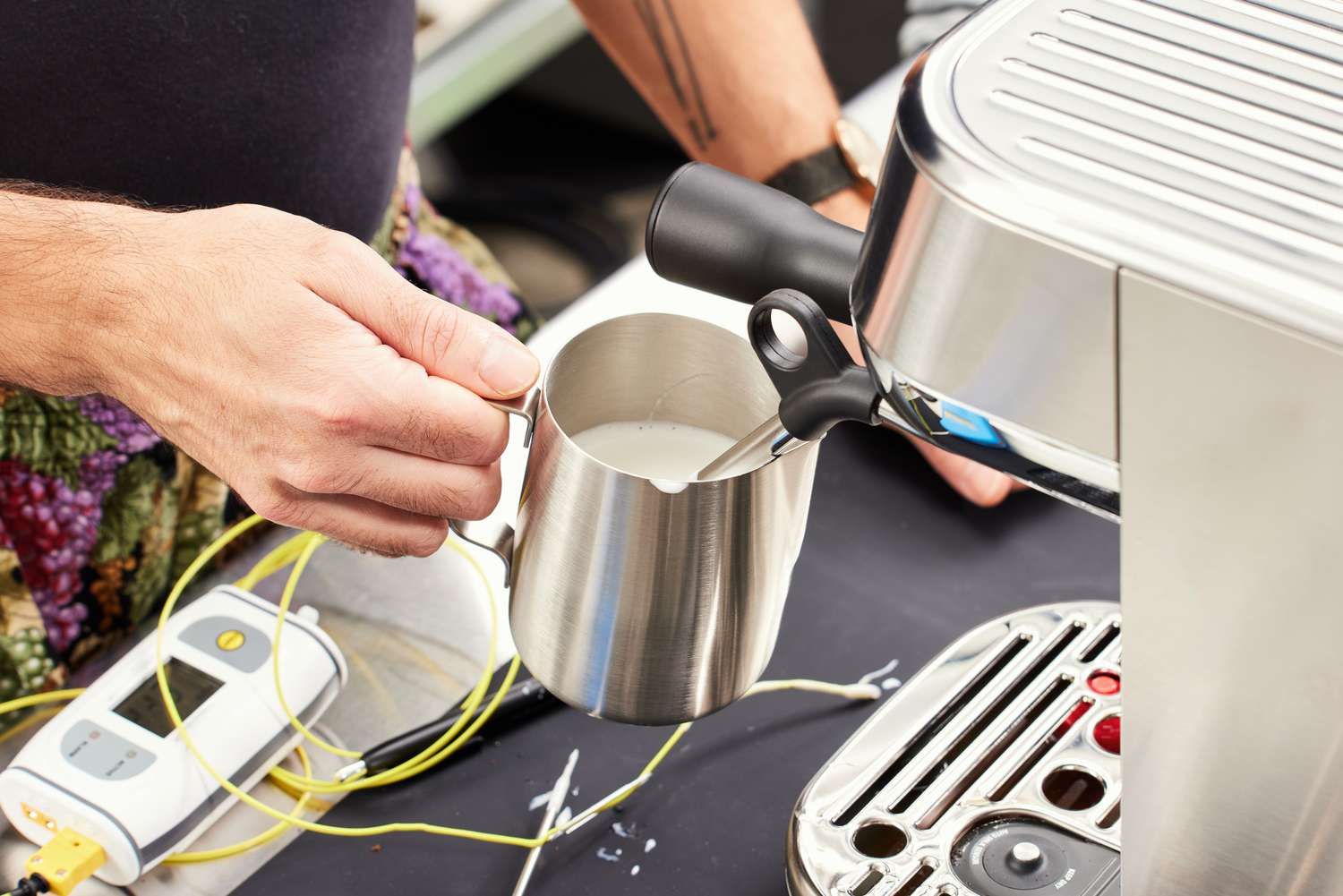

Kitchen Appliances
How To Steam Milk On An Espresso Machine
Modified: August 16, 2024
Learn how to steam milk on your espresso machine with our easy guide. Elevate your coffee game with this essential kitchen appliance technique.
(Many of the links in this article redirect to a specific reviewed product. Your purchase of these products through affiliate links helps to generate commission for Storables.com, at no extra cost. Learn more)
**
Introduction
**
Steamed milk is an essential component of many popular coffee beverages, such as lattes, cappuccinos, and macchiatos. The process of steaming milk involves heating and frothing it to create a creamy, velvety texture that enhances the flavor and overall experience of the coffee. While it may seem daunting at first, mastering the art of steaming milk on an espresso machine is a rewarding skill that can elevate your home barista game to new heights.
In this comprehensive guide, we will delve into the intricacies of steaming milk on an espresso machine. Whether you're a seasoned coffee enthusiast or a curious beginner, this article will equip you with the knowledge and techniques needed to achieve perfectly steamed milk every time. From understanding the basics of steaming milk to mastering the art of frothing, we will cover everything you need to know to create cafe-quality steamed milk beverages in the comfort of your own kitchen.
So, grab your favorite mug, fire up your espresso machine, and get ready to embark on a journey to discover the secrets of achieving perfectly steamed milk for your favorite coffee concoctions. Whether you prefer a silky smooth latte or a frothy cappuccino, this guide will empower you to unleash your inner barista and craft exquisite coffee creations that will impress even the most discerning coffee aficionados. Let's dive in and uncover the art and science of steaming milk to perfection.
**
Key Takeaways:
- Mastering the art of steaming milk on an espresso machine involves understanding the science, selecting quality milk, and practicing patience to achieve creamy, velvety perfection.
- By following proper milk preparation, steam wand positioning, and temperature monitoring, you can consistently create indulgent, cafe-quality steamed milk for your favorite coffee beverages.
Understanding the Basics of Steaming Milk
**
Before delving into the process of steaming milk on an espresso machine, it’s essential to grasp the fundamental principles that underpin this artful technique. Steaming milk involves two primary objectives: heating the milk to a specific temperature and creating a luxurious microfoam that contributes to the creamy texture and visual appeal of the finished beverage.
When steam is introduced into the milk, it creates tiny bubbles that aerate and expand, resulting in the formation of microfoam. This microfoam consists of velvety, finely textured milk with a creamy consistency, which is essential for achieving the signature mouthfeel and flavor profile of various coffee drinks.
One of the key factors in steaming milk is achieving the optimal temperature. The ideal temperature for steamed milk typically ranges between 150°F and 160°F (65°C to 71°C). This temperature range allows the milk proteins to undergo a process known as denaturation, which enhances the sweetness and creaminess of the milk while integrating it harmoniously with the espresso.
Furthermore, understanding the role of steam wand positioning and milk pitcher tilting is crucial for achieving the desired results. Properly positioning the steam wand in the milk and tilting the pitcher at an angle allows for effective incorporation of air and optimal texturing of the milk, ultimately leading to the creation of luscious microfoam.
As you embark on your journey to master the art of steaming milk, keep in mind that practice and patience are key. Developing a keen understanding of the science behind steaming milk and honing your technique through hands-on experience will empower you to consistently produce impeccably steamed milk that elevates your coffee creations to new heights.
Now that we’ve laid the groundwork by exploring the foundational aspects of steaming milk, let’s proceed to the next step: preparing the milk for steaming.
**
Preparing the Milk for Steaming
**
Before you begin steaming the milk, it’s crucial to start with the right type of milk and prepare it properly to ensure optimal results. The type of milk you choose can significantly impact the texture and flavor of the steamed milk, so selecting the appropriate variety is key to achieving the perfect balance of creaminess and sweetness.
Whole milk is a popular choice for steaming due to its higher fat content, which contributes to a rich and creamy texture when frothed. The fats in whole milk emulsify during the steaming process, resulting in a luscious microfoam that enhances the overall mouthfeel and flavor of the coffee beverage. If you prefer a lighter option, 2% or 1% milk can also yield satisfactory results, albeit with a slightly less creamy texture.
When preparing the milk for steaming, it’s essential to start with cold, fresh milk. Pour the desired amount of milk into a stainless steel pitcher, ensuring that it is filled no more than one-third to one-half full to allow ample room for expansion during the steaming process. This step is crucial for achieving the ideal consistency and texture of the steamed milk.
Before introducing the steam wand into the milk, it’s important to purge any residual water from the wand by briefly releasing steam into a drip tray or a separate container. This purging process ensures that only dry, pure steam enters the milk, preventing dilution and ensuring optimal frothing results.
Once the steam wand is purged, carefully insert it into the milk, positioning it slightly off-center and just below the surface. Tilt the pitcher at a slight angle to facilitate the incorporation of air and the formation of microfoam. As the steaming process commences, listen for a gentle, consistent hissing sound, indicating that air is being incorporated into the milk to create the desired microfoam.
As the milk expands and the pitcher becomes warm to the touch, gradually lower the pitcher to maintain the steam wand’s position just below the surface of the milk. Continuously monitor the temperature with a thermometer, aiming to reach the optimal range of 150°F to 160°F (65°C to 71°C) before concluding the steaming process.
By paying close attention to these preparatory steps and techniques, you can set the stage for a successful steaming process, laying the foundation for impeccably frothed and heated milk that will elevate your coffee creations to a new level of indulgence.
**
When steaming milk on an espresso machine, always start with cold milk and purge the steam wand to remove any condensation. Position the steam wand just below the surface of the milk and create a whirlpool motion to evenly heat the milk. Stop steaming when the milk reaches 150-155°F for a creamy texture.
Steaming the Milk
**
Steaming milk on an espresso machine is a delicate yet rewarding process that requires precision and finesse. As you embark on this journey, it’s essential to familiarize yourself with the step-by-step technique for achieving perfectly steamed milk that enhances the flavor and presentation of your favorite coffee beverages.
Begin by positioning the steam wand in the milk, ensuring that it is slightly off-center and just below the surface. Tilt the pitcher at a slight angle to facilitate the incorporation of air and the formation of velvety microfoam. As you activate the steam wand, a gentle hissing sound should emanate from the milk, indicating that air is being infused to create the desired frothy texture.
As the milk expands and the temperature gradually rises, it’s crucial to maintain a watchful eye and ear. The sound of steaming should remain consistent and steady, signaling that the milk is being aerated and heated evenly. Additionally, pay attention to the sensation of the pitcher, as it will gradually become warm to the touch as the steaming process progresses.
Continuously monitor the temperature of the milk using a thermometer, aiming to achieve the optimal range of 150°F to 160°F (65°C to 71°C). Once the milk reaches this temperature range, promptly deactivate the steam wand and remove it from the pitcher to halt the steaming process. Properly steamed milk should exhibit a creamy texture and be free of large bubbles, with a glossy appearance and a temperature that complements the flavor profile of the coffee.
After steaming the milk, it’s essential to gently tap the pitcher on a flat surface and swirl the milk to integrate the microfoam with the liquid milk, creating a uniform consistency. This swirling action helps achieve a velvety texture and ensures that the microfoam is evenly distributed throughout the milk, setting the stage for a harmonious marriage with the espresso in your coffee creation.
By mastering the art of steaming milk on an espresso machine, you can unlock a world of creative possibilities and elevate your coffee crafting skills. Whether you’re aiming to create a classic latte with a creamy mouthfeel or a frothy cappuccino that delights the senses, perfectly steamed milk is the cornerstone of a memorable coffee experience.
Now that you’ve honed your skills in steaming milk, let’s explore some invaluable tips for achieving consistently exceptional results and elevating your coffee creations to new heights.
**
Tips for Perfectly Steamed Milk
**
Mastering the art of steaming milk on an espresso machine is a journey that involves continuous learning and refinement. To help you achieve consistently exceptional results and elevate your coffee creations, we’ve compiled a set of invaluable tips and techniques that will empower you to craft perfectly steamed milk with confidence and finesse.
- Quality Milk Selection: Start with fresh, high-quality milk to ensure superior flavor and texture in the steamed milk. Opt for whole milk for a creamier consistency or 2% and 1% milk for a lighter texture.
- Proper Pitcher Size: Select a stainless steel pitcher that accommodates the amount of milk needed for your desired beverage, ensuring that it is filled no more than one-third to one-half full to allow room for expansion during the steaming process.
- Purging the Steam Wand: Before introducing the steam wand into the milk, purge any residual water from the wand by briefly releasing steam into a drip tray or a separate container to ensure that only dry, pure steam enters the milk.
- Steam Wand Positioning: Position the steam wand slightly off-center and just below the surface of the milk to facilitate the incorporation of air and the creation of microfoam, contributing to the desired creamy texture.
- Consistent Steaming Sound: Listen for a gentle, consistent hissing sound as you steam the milk, indicating that air is being infused to create the desired frothy texture. This sound signifies effective aeration and heating of the milk.
- Temperature Monitoring: Use a thermometer to monitor the temperature of the milk throughout the steaming process, aiming to achieve the optimal range of 150°F to 160°F (65°C to 71°C) for the ideal texture and flavor integration.
- Swirling and Tapping: After steaming the milk, gently tap the pitcher on a flat surface and swirl the milk to integrate the microfoam with the liquid milk, ensuring a uniform consistency and velvety texture.
- Practice and Patience: Developing proficiency in steaming milk requires practice and patience. Take the time to hone your technique and familiarize yourself with the nuances of achieving perfectly steamed milk.
By incorporating these tips into your steaming routine, you can refine your skills and consistently produce impeccably steamed milk that enhances the indulgence and sensory experience of your favorite coffee beverages. Whether you’re crafting a latte, cappuccino, or macchiato, the art of steaming milk is a transformative skill that empowers you to unleash your creativity and elevate your home coffee brewing endeavors.
With these invaluable tips at your disposal, you’re well-equipped to embark on a journey of coffee craftsmanship, where the pursuit of perfection in steaming milk becomes a delightful and rewarding endeavor. Now, armed with knowledge and technique, it’s time to savor the fruits of your labor and indulge in the exquisite coffee creations you’ll craft with perfectly steamed milk at their heart.
**
Conclusion
**
Steamed milk is not merely a companion to espresso; it is an art form that enriches the coffee experience and delights the senses. Through this comprehensive guide, we have unraveled the intricacies of steaming milk on an espresso machine, equipping you with the knowledge and techniques needed to master this transformative skill.
From understanding the fundamental principles of steaming milk to honing your technique and embracing invaluable tips, you’ve embarked on a journey that transcends the realm of coffee crafting. The art of steaming milk is a testament to the fusion of science and creativity, where precision and passion converge to elevate a humble cup of coffee into a masterpiece of indulgence.
As you venture into the realm of crafting perfectly steamed milk, remember that practice and patience are your steadfast companions. Embrace the process, savor the nuances, and delight in the evolution of your skills as a home barista. Each velvety microfoam and perfectly heated pitcher of milk is a testament to your dedication and artistry.
Armed with the knowledge gleaned from this guide and the invaluable tips at your disposal, you now possess the tools to consistently produce impeccably steamed milk that enhances the flavor, texture, and visual allure of your favorite coffee beverages. Whether you’re sipping a frothy cappuccino on a leisurely morning or indulging in a creamy latte as a midday treat, the art of steaming milk infuses every sip with a touch of luxury and refinement.
So, as you embark on your coffee crafting endeavors, let the art of steaming milk be a source of inspiration and delight. Embrace the journey, celebrate the nuances, and revel in the transformative power of perfectly steamed milk. With each sip, may you savor not just the flavor, but the craftsmanship and passion that culminate in every cup.
Now, armed with the art and science of steaming milk, it’s time to unleash your creativity, elevate your coffee creations, and embark on a journey of indulgence and discovery. May each cup you craft be a testament to the artistry and dedication that define the pursuit of perfection in steaming milk.
Frequently Asked Questions about How To Steam Milk On An Espresso Machine
Was this page helpful?
At Storables.com, we guarantee accurate and reliable information. Our content, validated by Expert Board Contributors, is crafted following stringent Editorial Policies. We're committed to providing you with well-researched, expert-backed insights for all your informational needs.
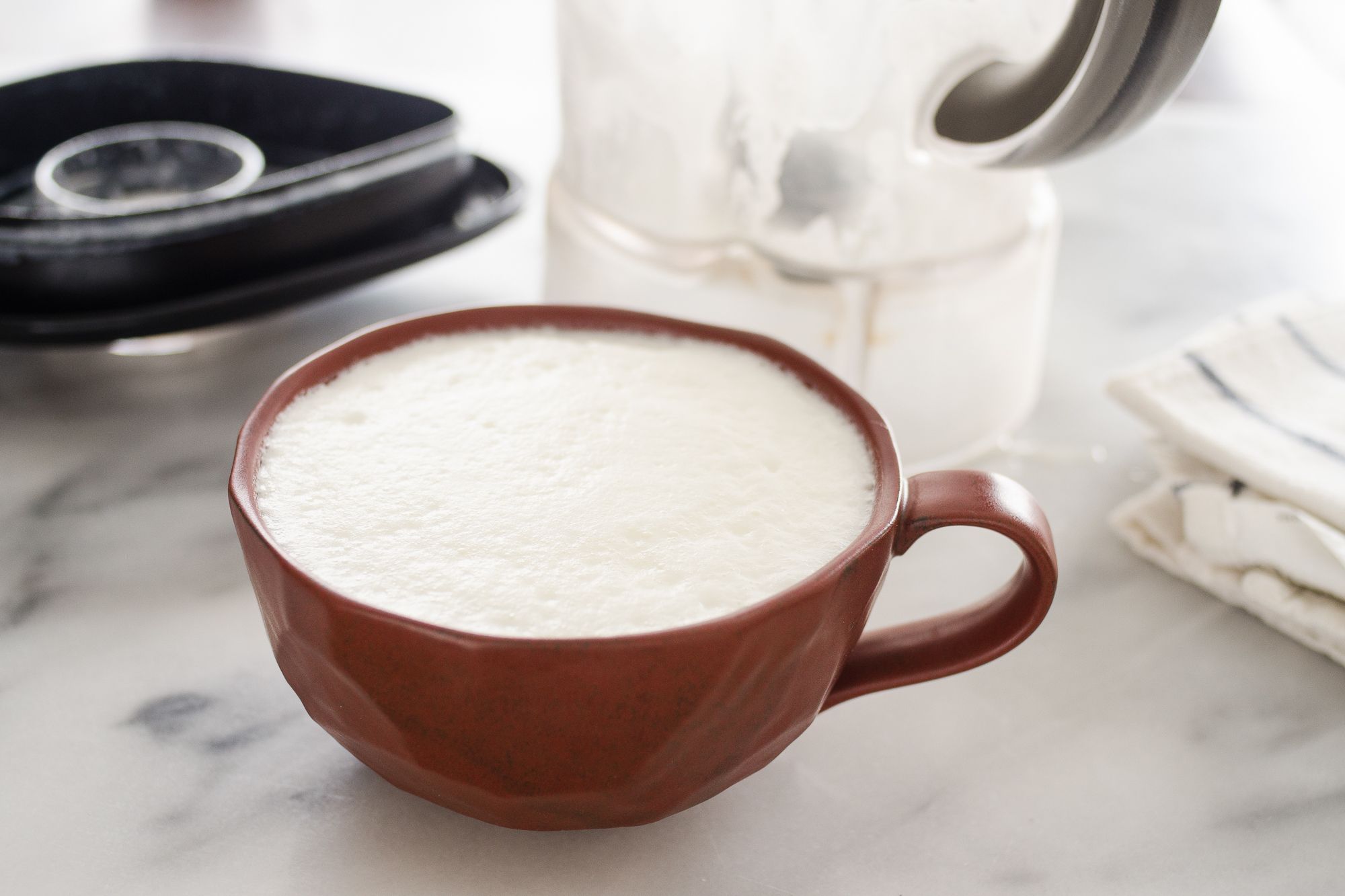
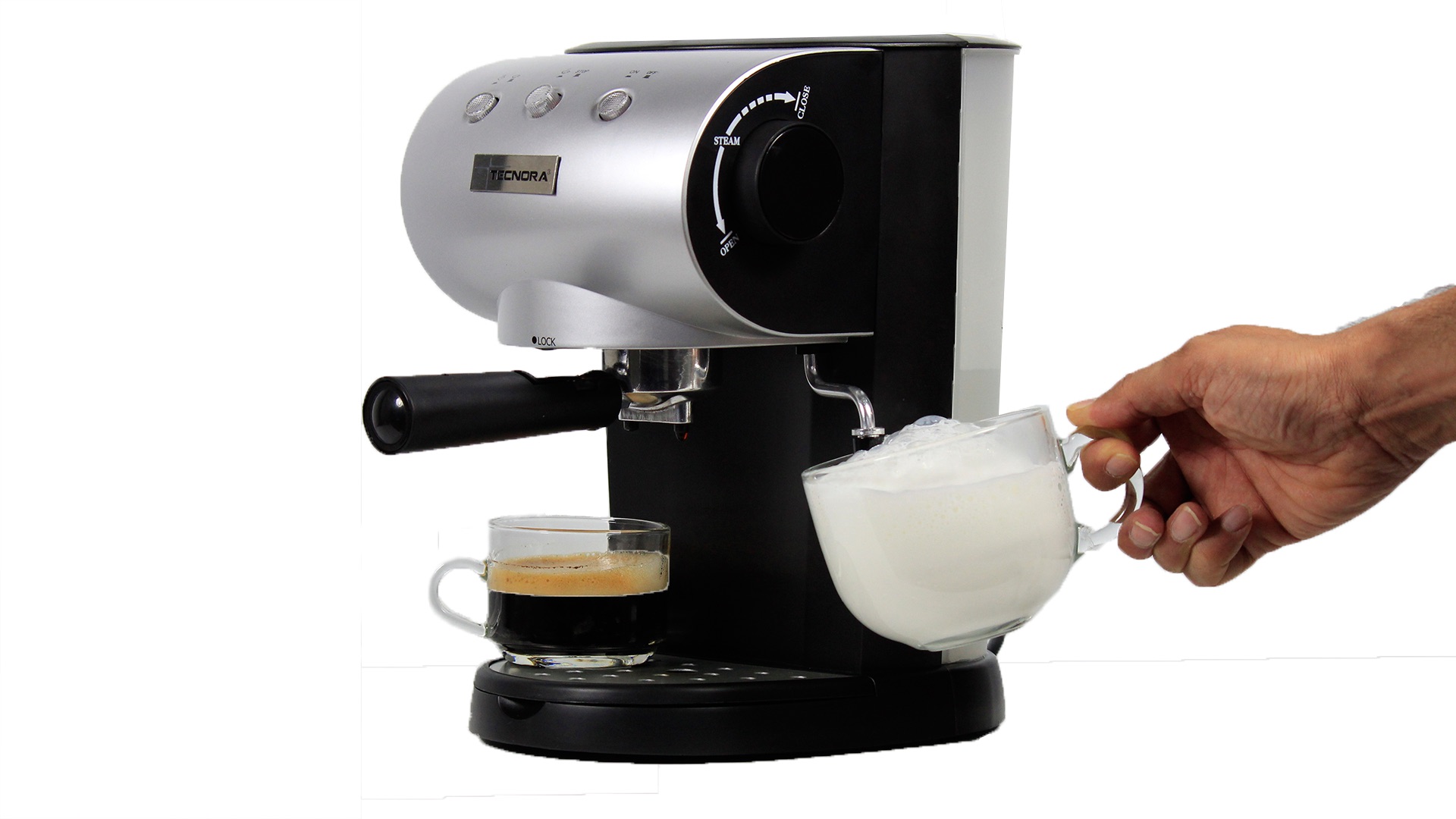
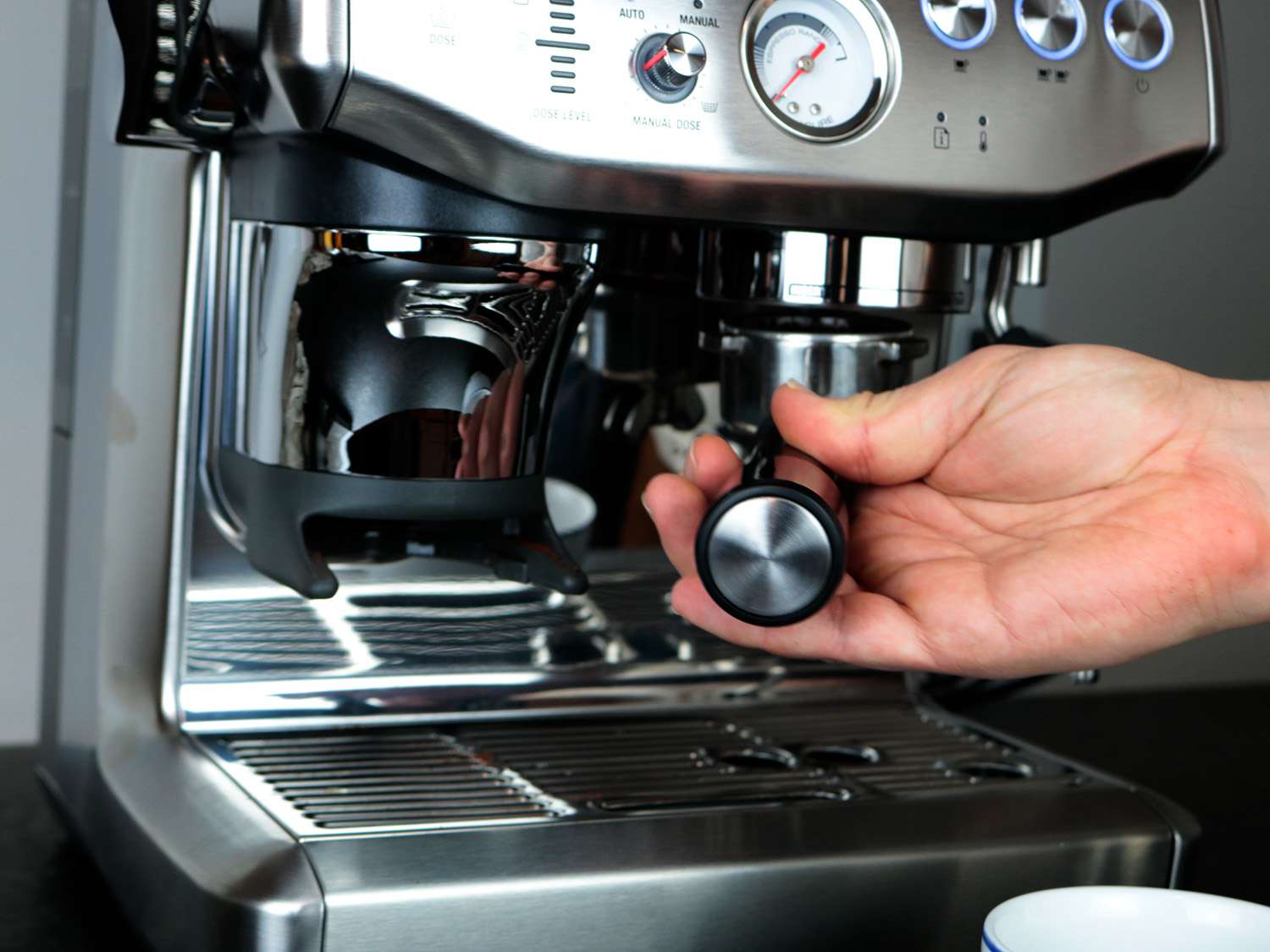
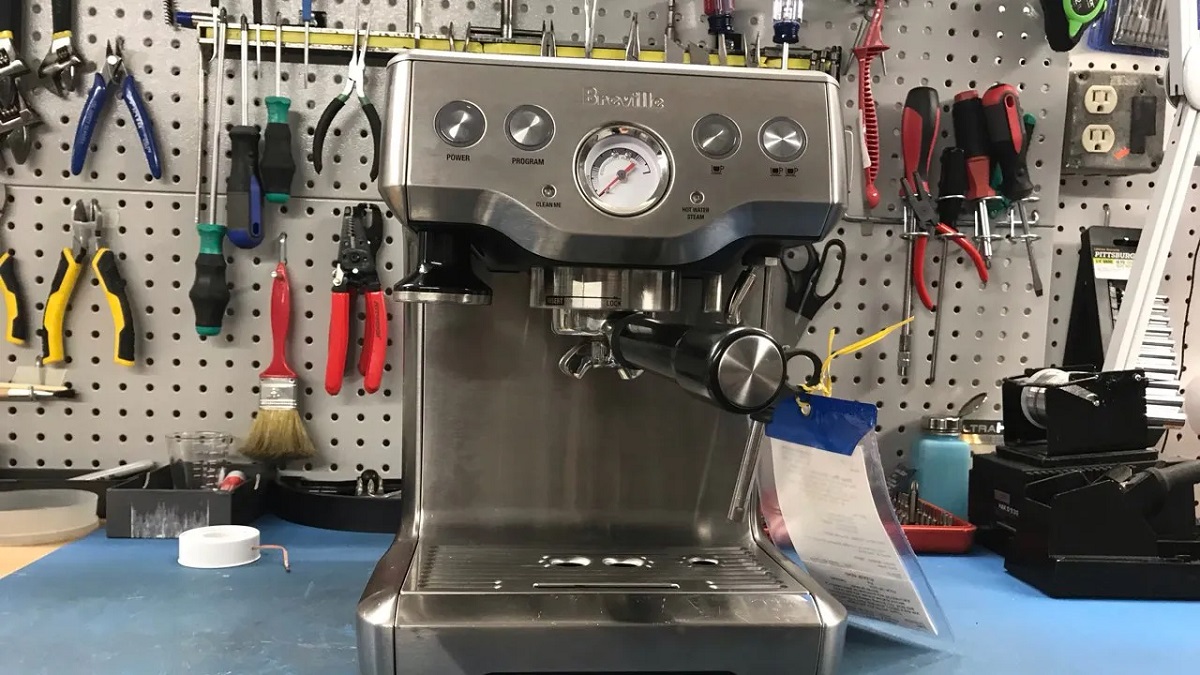

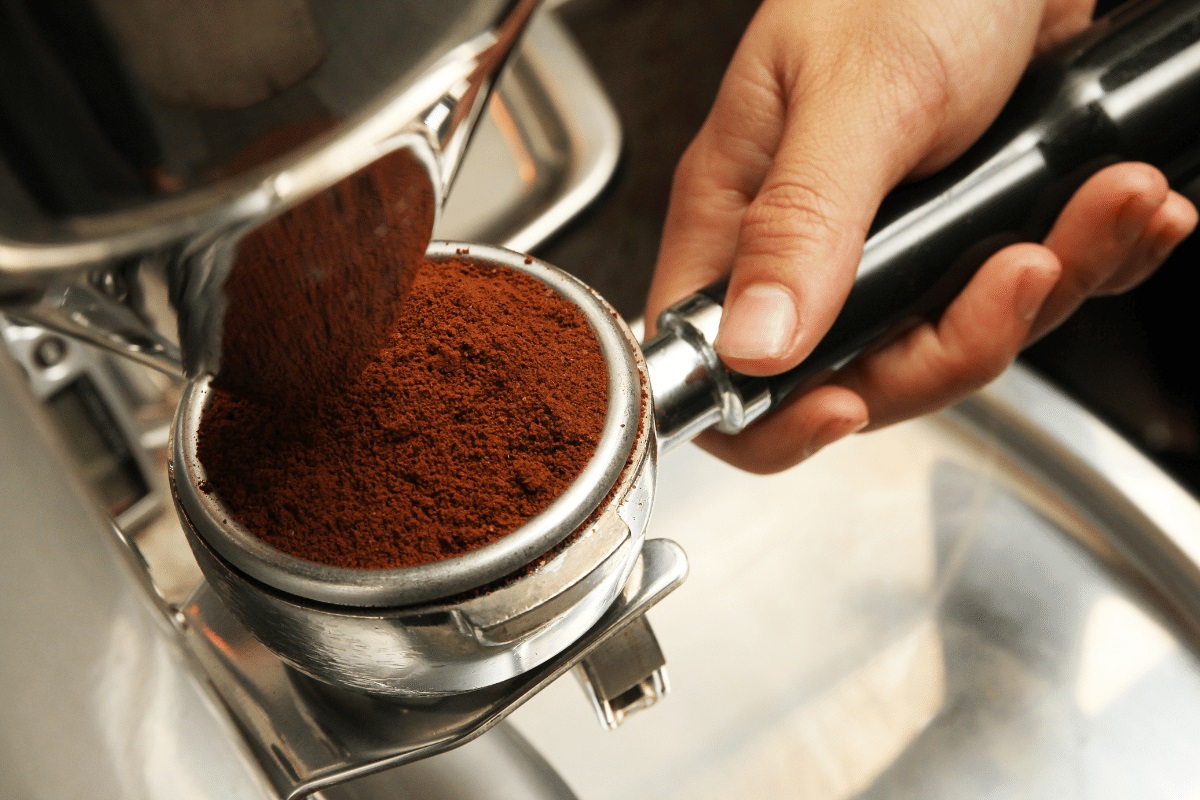

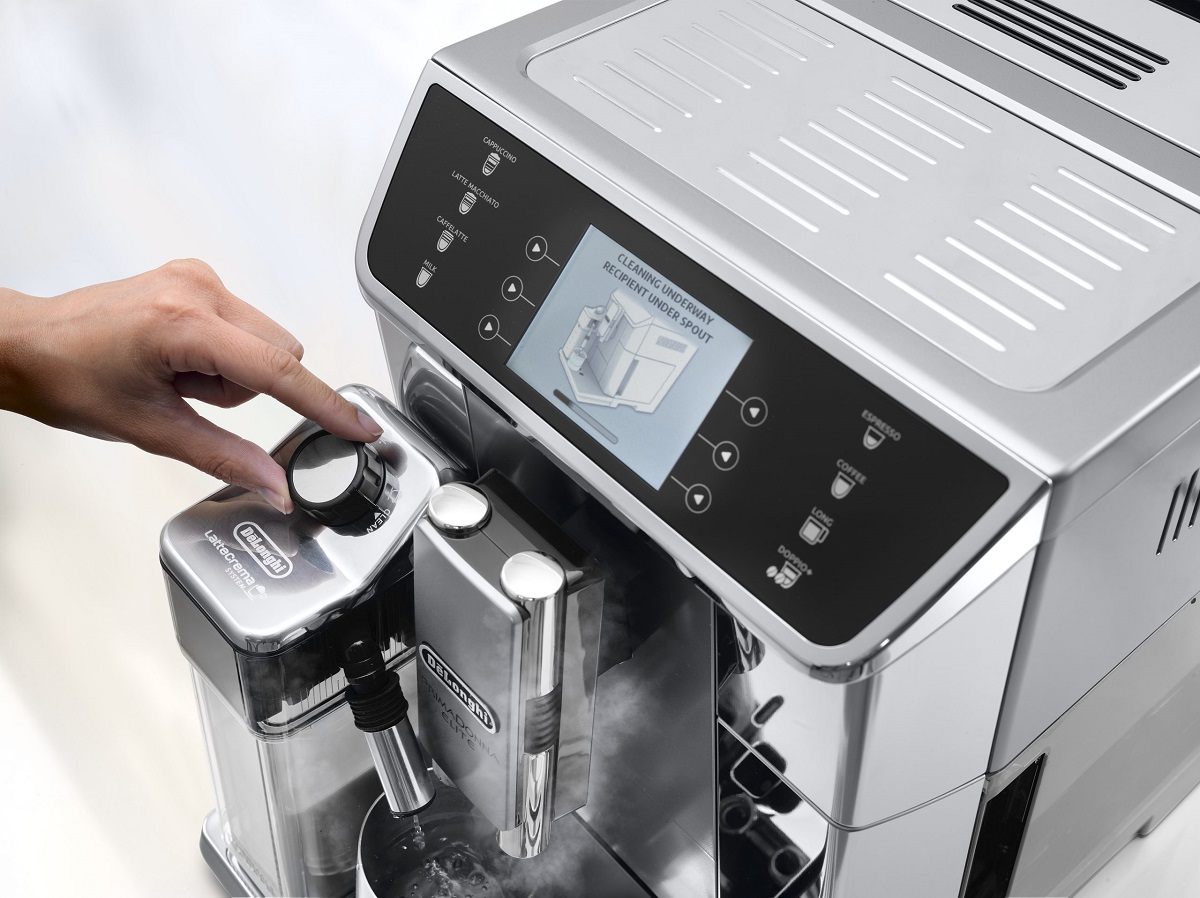
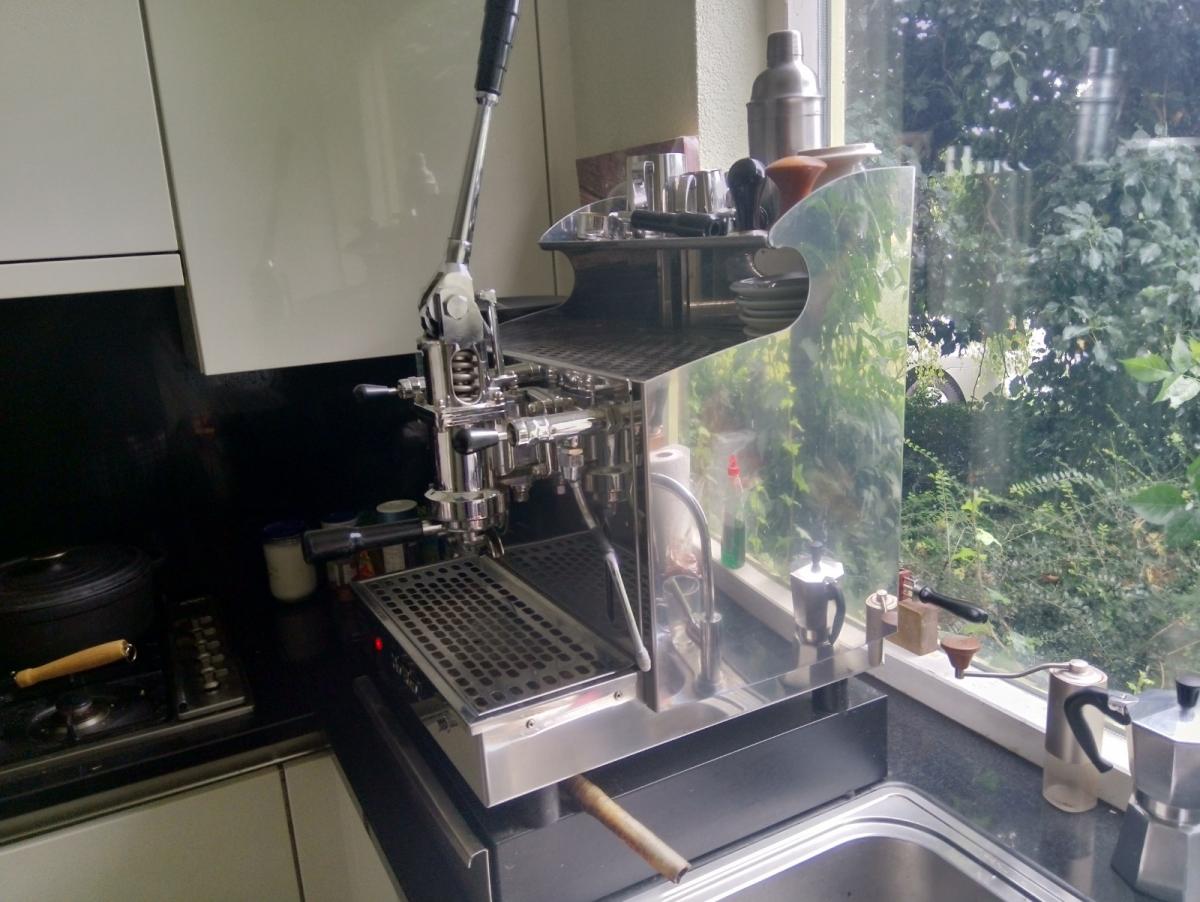
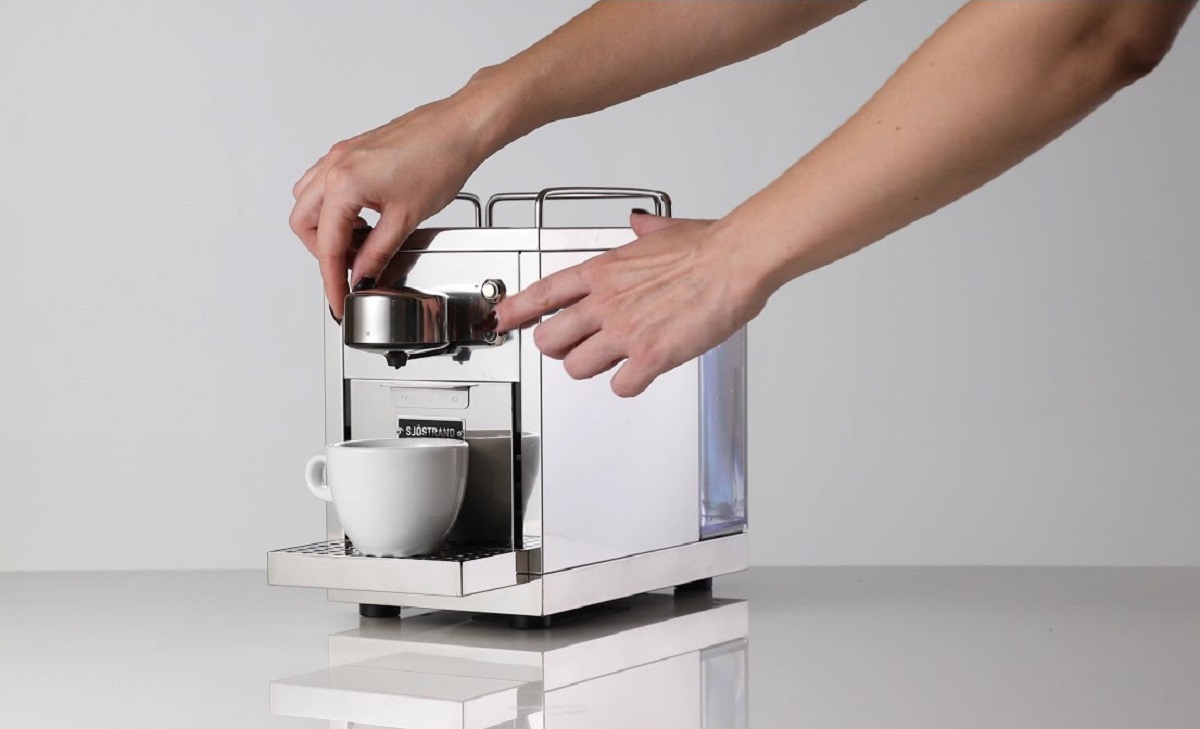
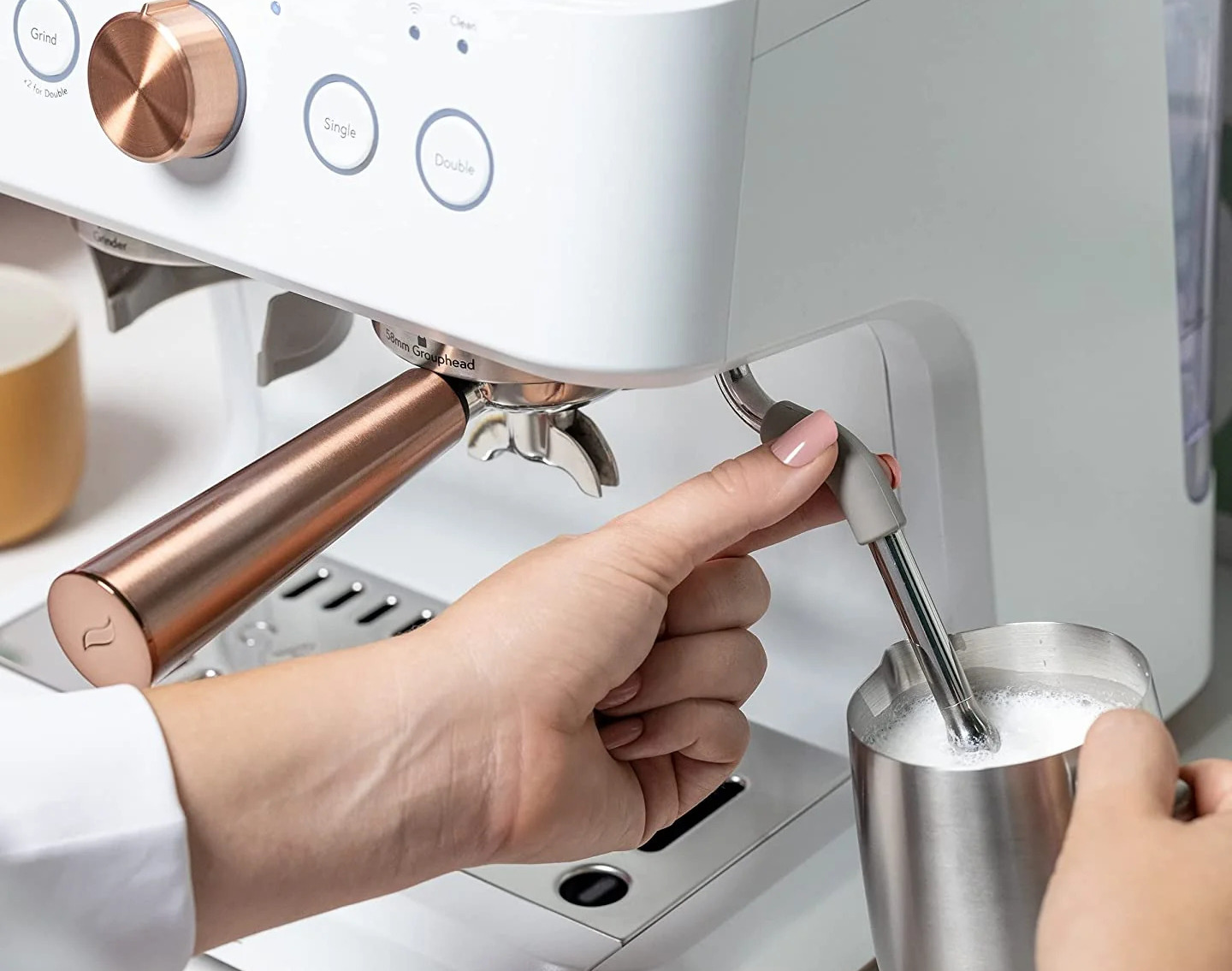


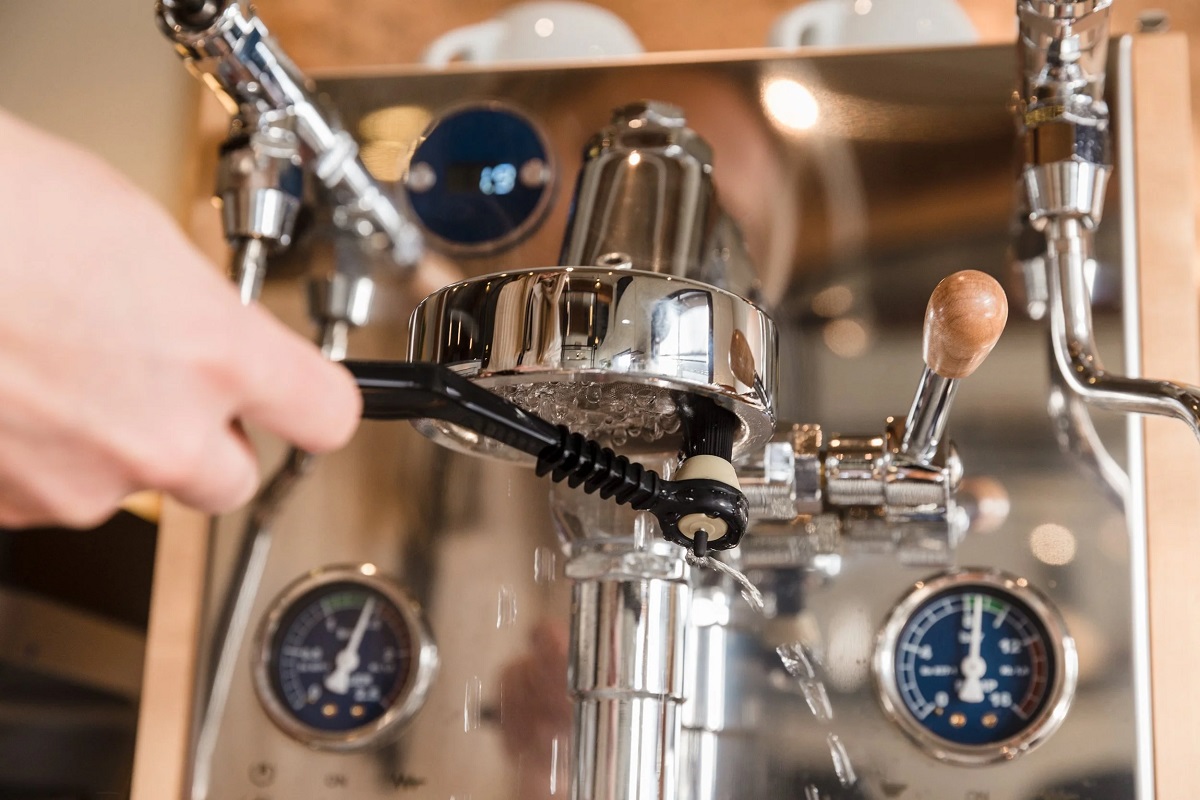

0 thoughts on “How To Steam Milk On An Espresso Machine”